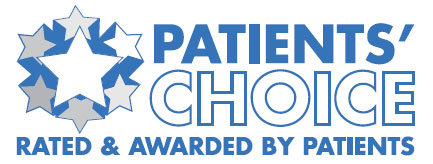Success rate for vasectomy reversal is generally reported in two ways: sperm recovery rate (patency success rate) and pregnancy rate. The single most important factor in whether a vasectomy reversal procedure will be successful is the interval in time (years) between vasectomy and vasectomy reversal.
Although the statistical averages derived from large numbers of patients offer a general guide, your specific situation and results may differ from that of the average due of many personal variables, such as the surgeon’s vasectomy techniques, your age, you and your partner’s fertility, and a host of other factors.
Vasectomy reversal can be a gamble, with the success rates and fees varying from office to office, so the evaluating couple must determine where they can get the greatest value from their investment. For example, if the candidate’s interval is within eight years and one office has a rate of 80-90% (sperm recovery) for a fee of $3000, while another office offers a competitive rate of 85-95% for $10,000, then only the couple can decide whether the increment in higher success is worth the difference in cost.
Moreover, it is not always easy to follow up with the patients and accurately track the success rate. Most reversal clinics usually track the sperm recovery rate, not pregnancy rate, because it is involved with fertility of another partner. Also, the pregnancy rate is usually much lower than the sperm recovery rate. For example, the data could be skewed if a clinic only published the data of two hundred cases selected in several thousand vasectomy reversal cases performed. In this case, the claim of a 95% sperm recovery rate is not accurate at all, and the claim of a very high pregnancy rate is beyond belief. Therefore, it will be very difficult for patients to compare success rates among reversal clinics.
The single most important factor in whether a vasectomy reversal procedure will be successful is the interval in time (years) between vasectomy and vasectomy reversal. Theoretically, the sperm recovery rate drops two percent every year after vasectomy. This is because the likelihood of obstruction in the epididymis increases—especially after 7-10 years. Many men, however, do not develop any obstructions after 15, even 20 years, and may therefore expect a better sperm recovery success rate with a vas-to-vas procedure.
Based on the reported semen analysis results in the patients with good quality of fluid in their vas deferens, the sperm recovery rate (Patency Success Rate) in our clinic is up to 80-90% within eight years of vasectomy, 70% from 10 to 14 years of vasectomy, and 55% from 15 to 25 years of vasectomy.



